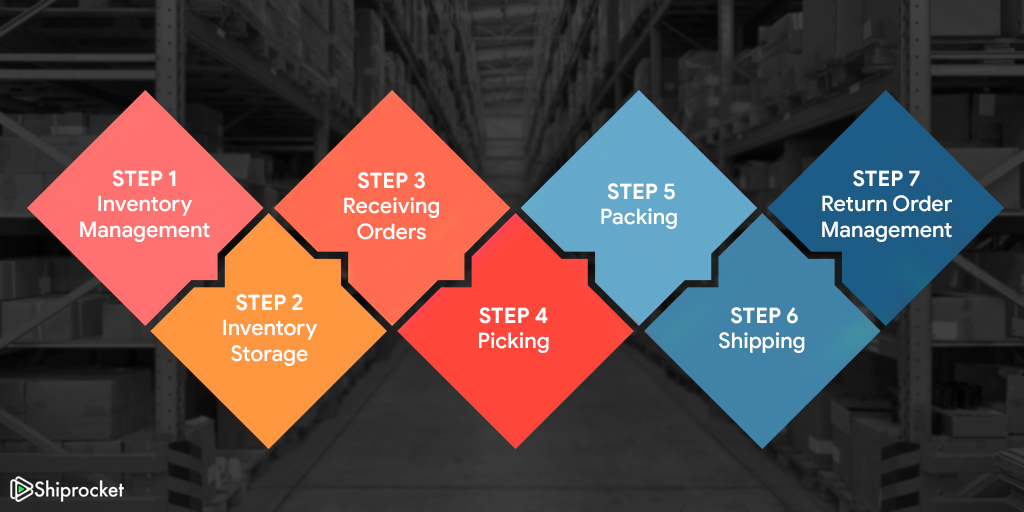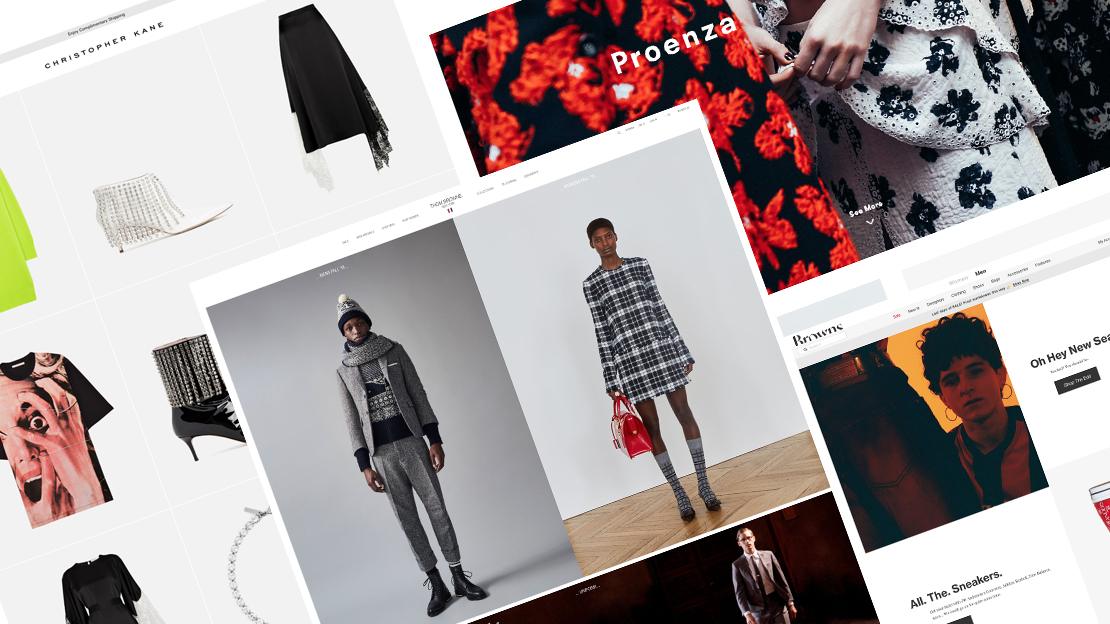What is Farfetch and Why Should You Sell on the Platform
Farfetch is a leading luxury fashion e-commerce platform that connects high-end brands and boutiques with a global audience of fashion enthusiasts. With a presence in over 190 countries and a customer base of over 2 million, Farfetch offers a unique opportunity for sellers to expand their brand presence and reach a wider audience. For those looking to tap into the luxury fashion market, learning how to sell on Farfetch can be a game-changer. By partnering with Farfetch, sellers can benefit from the platform’s expertise in luxury fashion, its extensive marketing efforts, and its commitment to providing an exceptional customer experience.
Farfetch’s platform is designed to showcase the world’s most coveted luxury fashion brands, offering a curated selection of high-end clothing, shoes, handbags, and accessories. With a strong focus on quality, authenticity, and customer satisfaction, Farfetch has established itself as a trusted destination for luxury fashion enthusiasts. By selling on Farfetch, brands can leverage the platform’s reputation and expertise to increase their online visibility, drive sales, and build a loyal customer base.
For brands looking to expand their e-commerce presence, Farfetch offers a range of benefits, including access to a global audience, competitive commission rates, and a comprehensive suite of marketing and sales tools. With Farfetch, sellers can manage their inventory, process orders, and track their sales performance in real-time, making it easier to optimize their sales strategy and grow their business. Whether you’re a established luxury brand or an emerging designer, learning how to sell on Farfetch can help you take your business to the next level.
Meeting Farfetch’s Seller Requirements: Eligibility and Application Process
To start selling on Farfetch, brands must meet the platform’s eligibility criteria, which includes having a strong brand reputation, high-quality products, and excellent customer service. Farfetch looks for brands that offer unique, luxury, and high-end products that align with their platform’s aesthetic and values. Brands must also have a professional website and a strong online presence to be considered for the platform.
In terms of product quality, Farfetch requires brands to have a high level of product authenticity, quality, and craftsmanship. Brands must also ensure that their products are compliant with all relevant laws and regulations, including those related to intellectual property, consumer protection, and product safety.
To apply to sell on Farfetch, brands must submit an application form, which includes providing information about their brand, products, and business operations. Brands must also provide documentation, such as business licenses, product catalogs, and high-quality product images. Farfetch’s team reviews each application carefully to ensure that the brand meets their eligibility criteria and aligns with their platform’s values and aesthetic.
Once a brand is approved to sell on Farfetch, they must agree to the platform’s terms and conditions, which include meeting Farfetch’s standards for product quality, customer service, and order fulfillment. Brands must also ensure that they comply with all relevant laws and regulations, including those related to consumer protection, product safety, and intellectual property.
By meeting Farfetch’s seller requirements and following the application process, brands can successfully sell on the platform and reach a global audience of luxury fashion enthusiasts. Learning how to sell on Farfetch requires a deep understanding of the platform’s eligibility criteria, application process, and terms and conditions. By following these guidelines, brands can ensure a successful partnership with Farfetch and drive sales and growth for their business.
Optimizing Your Product Listings for Maximum Visibility
To increase your chances of success on Farfetch, it’s essential to create high-quality product listings that meet the platform’s standards. This includes writing detailed and accurate product descriptions, uploading high-quality product images, and setting competitive prices. By optimizing your product listings, you can improve your visibility on the platform, drive more sales, and build a strong reputation as a seller on Farfetch.
When it comes to product descriptions, it’s crucial to provide detailed and accurate information about the product, including its materials, dimensions, and features. This will help customers make informed purchasing decisions and reduce the risk of returns and refunds. Additionally, using relevant keywords in your product descriptions can help improve your visibility in search results and attract more customers to your listings.
High-quality product images are also essential for creating effective product listings on Farfetch. This includes using high-resolution images that showcase the product from different angles, as well as providing detailed images of the product’s features and materials. By using high-quality images, you can showcase your products in the best possible light and increase the chances of making a sale.
Pricing is also a critical factor in creating effective product listings on Farfetch. To be competitive, you need to research your competitors and set prices that are in line with the market. Additionally, you need to ensure that your prices are transparent and include all relevant costs, such as taxes and shipping fees. By setting competitive prices, you can attract more customers to your listings and increase your chances of making a sale.
By following these tips and optimizing your product listings, you can improve your visibility on Farfetch, drive more sales, and build a strong reputation as a seller on the platform. Learning how to sell on Farfetch requires a deep understanding of the platform’s product listing requirements and best practices. By creating high-quality product listings, you can increase your chances of success and build a thriving business on Farfetch.
Understanding Farfetch’s Commission Structure and Payment Terms
Farfetch’s commission structure is designed to be competitive and fair for sellers. The platform charges a commission fee on every sale, which varies depending on the category and type of product. For example, Farfetch charges a commission fee of 15% on luxury clothing and accessories, while the commission fee for shoes and handbags is 20%. Additionally, Farfetch also charges a payment processing fee of 2.5% + $0.30 per transaction.
To calculate your earnings on Farfetch, you need to subtract the commission fee and payment processing fee from the sale price of the product. For example, if you sell a luxury handbag for $1,000, Farfetch’s commission fee would be $200 (20% of $1,000), and the payment processing fee would be $25 (2.5% of $1,000 + $0.30). Your earnings would be $775 ($1,000 – $200 – $25).
Farfetch pays its sellers on a monthly basis, typically around the 15th of each month. The payment is made via bank transfer or PayPal, depending on the seller’s preference. To receive payment, sellers need to ensure that their account is in good standing and that they have provided accurate and up-to-date payment information.
It’s essential to understand Farfetch’s commission structure and payment terms to optimize your sales strategy and maximize your earnings on the platform. By knowing how much you’ll earn from each sale, you can set competitive prices, manage your inventory effectively, and provide excellent customer service to drive repeat business and positive reviews. Learning how to sell on Farfetch requires a deep understanding of the platform’s commission structure and payment terms, as well as its policies and procedures.
By following these guidelines and understanding Farfetch’s commission structure and payment terms, you can build a successful and profitable business on the platform. Remember to stay up-to-date with any changes to Farfetch’s commission structure and payment terms, and adjust your sales strategy accordingly to maximize your earnings.
Managing Your Inventory and Order Fulfillment on Farfetch
Effective inventory management and order fulfillment are crucial to success on Farfetch. To ensure timely shipping and minimize the risk of overselling, it’s essential to integrate your inventory system with Farfetch’s platform. This can be done through Farfetch’s API or by using a third-party inventory management tool.
Once your inventory system is integrated, you can manage your stock levels, track orders, and fulfill shipments directly from the Farfetch platform. This streamlines the order fulfillment process and ensures that customers receive their orders quickly and efficiently.
Farfetch also offers a range of shipping options, including expedited and standard shipping, to ensure that customers receive their orders on time. To take advantage of these shipping options, sellers need to ensure that they have a reliable shipping carrier and that they are using the correct shipping labels and packaging materials.
In addition to managing inventory and order fulfillment, sellers also need to ensure that they are providing accurate and timely tracking information to customers. This can be done by using Farfetch’s tracking system, which allows sellers to update the status of orders and provide customers with real-time tracking information.
By managing your inventory and order fulfillment effectively, you can improve customer satisfaction, reduce the risk of overselling, and increase your chances of success on Farfetch. Learning how to sell on Farfetch requires a deep understanding of the platform’s inventory management and order fulfillment processes, as well as its shipping options and tracking system.
By following these tips and best practices, you can optimize your inventory management and order fulfillment processes, improve customer satisfaction, and drive sales on Farfetch. Remember to stay up-to-date with any changes to Farfetch’s inventory management and order fulfillment processes, and adjust your strategies accordingly to maximize your success on the platform.
Providing Exceptional Customer Service on Farfetch
Delivering exceptional customer service is crucial to success on Farfetch. To build trust and loyalty with customers, sellers must respond promptly to customer inquiries, handle returns and refunds efficiently, and resolve issues in a professional and courteous manner.
Farfetch provides a range of tools and resources to help sellers manage customer service, including a dedicated customer service platform and a comprehensive FAQ section. Sellers can also use Farfetch’s messaging system to communicate with customers and respond to inquiries in a timely and efficient manner.
To provide exceptional customer service on Farfetch, sellers should focus on building strong relationships with customers, responding promptly to inquiries, and resolving issues in a professional and courteous manner. This includes being proactive in addressing customer concerns, offering personalized recommendations and advice, and providing timely and accurate information about products and orders.
By providing exceptional customer service, sellers can build trust and loyalty with customers, increase customer satisfaction, and drive repeat business and positive reviews on Farfetch. Learning how to sell on Farfetch requires a deep understanding of the platform’s customer service expectations and best practices, as well as a commitment to delivering exceptional customer experiences.
Farfetch also offers a range of customer service metrics and analytics to help sellers track their performance and identify areas for improvement. By monitoring these metrics and adjusting their customer service strategies accordingly, sellers can optimize their customer service and drive long-term success on the platform.
By focusing on delivering exceptional customer service, sellers can differentiate themselves from competitors, build strong relationships with customers, and drive long-term success on Farfetch. Remember to stay up-to-date with Farfetch’s customer service policies and best practices, and adjust your strategies accordingly to maximize your success on the platform.
Marketing and Promoting Your Brand on Farfetch
To succeed on Farfetch, it’s essential to market and promote your brand effectively. One way to do this is by leveraging social media platforms, such as Instagram and Facebook, to showcase your products and engage with potential customers. Farfetch also offers a range of marketing tools and services, including email marketing and influencer partnerships, to help sellers promote their brands and drive sales.
Collaborating with influencers is another effective way to promote your brand on Farfetch. Influencers can help showcase your products to their followers, drive traffic to your store, and increase brand awareness. Farfetch also offers a range of influencer marketing tools and services to help sellers connect with influencers and manage their influencer marketing campaigns.
Utilizing Farfetch’s marketing tools and services is also crucial to promoting your brand on the platform. Farfetch offers a range of marketing tools, including email marketing, social media marketing, and influencer marketing, to help sellers promote their brands and drive sales. By using these tools and services, sellers can increase their brand visibility, drive traffic to their store, and ultimately drive sales.
Learning how to sell on Farfetch requires a deep understanding of the platform’s marketing tools and services, as well as a commitment to promoting your brand effectively. By leveraging social media, collaborating with influencers, and utilizing Farfetch’s marketing tools and services, sellers can increase their brand visibility, drive sales, and succeed on the platform.
Farfetch also offers a range of analytics and insights to help sellers track their marketing performance and optimize their marketing strategies. By monitoring these metrics and adjusting their marketing strategies accordingly, sellers can optimize their marketing efforts and drive long-term success on the platform.
By marketing and promoting your brand effectively on Farfetch, you can increase your brand visibility, drive sales, and succeed on the platform. Remember to stay up-to-date with Farfetch’s marketing tools and services, and adjust your strategies accordingly to maximize your success on the platform.
Monitoring and Analyzing Your Performance on Farfetch
To optimize your sales strategy on Farfetch, it’s essential to monitor and analyze your performance regularly. Farfetch provides a range of analytics and insights to help sellers track their sales performance, website analytics, and customer feedback.
One of the key metrics to track on Farfetch is your sales performance. This includes monitoring your sales revenue, conversion rates, and average order value. By tracking these metrics, you can identify areas for improvement and optimize your sales strategy to increase revenue and drive growth.
Website analytics is another crucial metric to track on Farfetch. This includes monitoring your website traffic, bounce rates, and page views. By analyzing these metrics, you can identify areas for improvement and optimize your website to increase engagement and drive sales.
Customer feedback is also an essential metric to track on Farfetch. This includes monitoring customer reviews, ratings, and feedback. By analyzing customer feedback, you can identify areas for improvement and optimize your customer service to increase customer satisfaction and drive repeat business.
Farfetch also provides a range of tools and services to help sellers analyze and optimize their performance. This includes access to data and insights, as well as tools to help sellers track and manage their inventory, orders, and customer service.
By monitoring and analyzing your performance on Farfetch, you can optimize your sales strategy, increase revenue, and drive growth. Learning how to sell on Farfetch requires a deep understanding of the platform’s analytics and insights, as well as a commitment to regularly monitoring and analyzing your performance.
By following these tips and best practices, you can optimize your performance on Farfetch and drive long-term success on the platform. Remember to stay up-to-date with Farfetch’s analytics and insights, and adjust your strategies accordingly to maximize your success on the platform.







